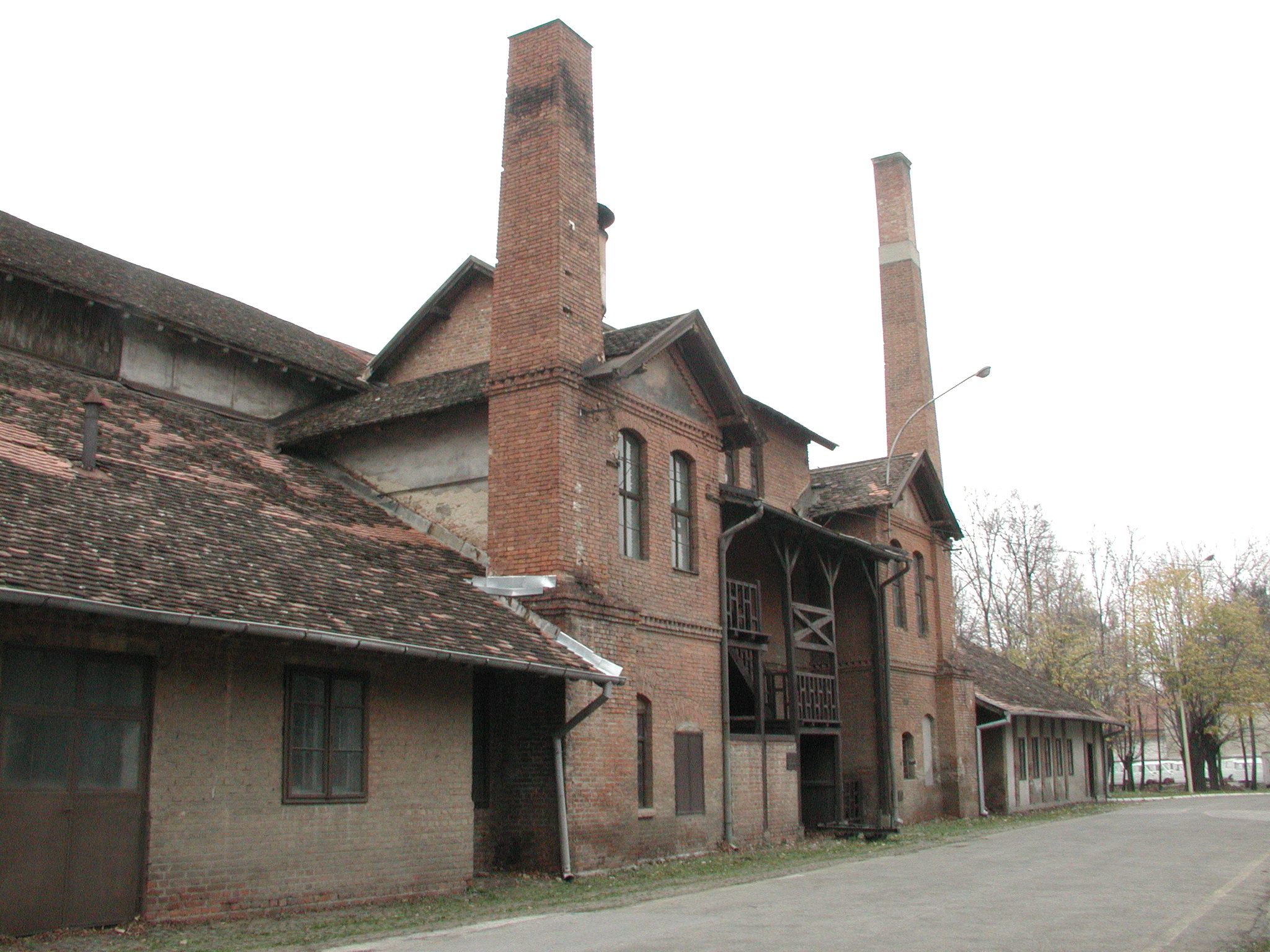Education in Serbia improved very much during the reign of constitution-defender Aleksandar Karadjordjevic (1842 – 1858). Vocational education in Serbia was initiated by establishing Crafts School in Kragujevac, within the Gun Foundry. The first manager of the Gun Foundry, Charles Loubry, initiated the creation of a school that would educate local professional staff as it was the case in great European factories.
By the decision of Prince Aleksandar Karadjordjevic, in March 1854, Crafts School was founded (panels 45-48, showcases 19-21). Originally, it was a three-year school, and students were aged between 13 and 16 and lived in a dormitory at the factory. Initially, there were five trades: machinists, wheelwrights, locksmiths, turners and blacksmiths. The first principal was Velimir Stefanovic, and the first manager after Loubry was Petar Protic.
Officers taught theoretical courses and practical work was done in the factory workshops with the best craftsmen.
In 1862, two divisions were established: apprentice (3 years) and journeyman (2 years). In 1867, the school was renamed to the Military School of Arts and Crafts. Number of trades was then increased to fourteen.
Since 1872, civilians started to work as teachers, but military discipline remained. Since 1888, VZS was booming, and the credit goes to the then manager of the Gun Foundry, Tosa Seleskovic.
General education courses and practical classes were in proportion, and education was being extended to three years for each course. Funding came for the school came from budget of VTZ, and cadets who achieved good results could be trained in special courses or abroad.
During the First World War, the school did not work. Renovation started in 1920. Good students, war orphans and children of poor workers had the right to admission. The outbreak of the Second World War would close the school again.
Since 1857, the school had produced about 1700 graduate cadets who had played a significant role in spreading technical education in Kragujevac and Serbia. By the decree on the closing of school in October 1941, the school had ceased to exist.
In 1906, the cadets established the Club of graduates, where they socialized, exchanged opinions and ideas. Sports and cultural events were allowed free activities. Cadets established Music Society, which often staged choral and instrumental concerts.
They also had theatrical productions frequently.
There were four soccer clubs: Slavija, Jadran, Rapid and Mac. Scout Association often organized stays in nature, excursions and camping trips. Sokol Association consisted of active practitioners, created under the influence of ideas from the Czech Republic. Among the graduates, there were sailors, pilots, shooters and chess players. Esperanto Society who nursed an international view of the world and Sober Youth who cherished virtues and healthy life were popular.
Since 1938, the club gets its journal-gazette “Our Life.” There was also the worse side of cadet life, and these were the punishments for unexecuted tasks. Discipline was military, strict, and cadets had to be very obedient and submissive.
In 1946, the school continued its work under the name Military Industrial School. Organizationally, it was connected with the factory. By graduation, students acquired the title of qualified workers from a specific domain.
In 1953, the school changes its name to Metal-processing school “Djuro Salaj” and it had practical training in the factory. The school often changed names, and today it exists as the Polytechnic School. It is still closely tied to the Zastava Аrms factory, from the fact that the plant continues with practical training to the fact that departments in the school are established according to the needs of the factory.
Museum "Old Gun Foundry", The cradle of Serbian industry...
